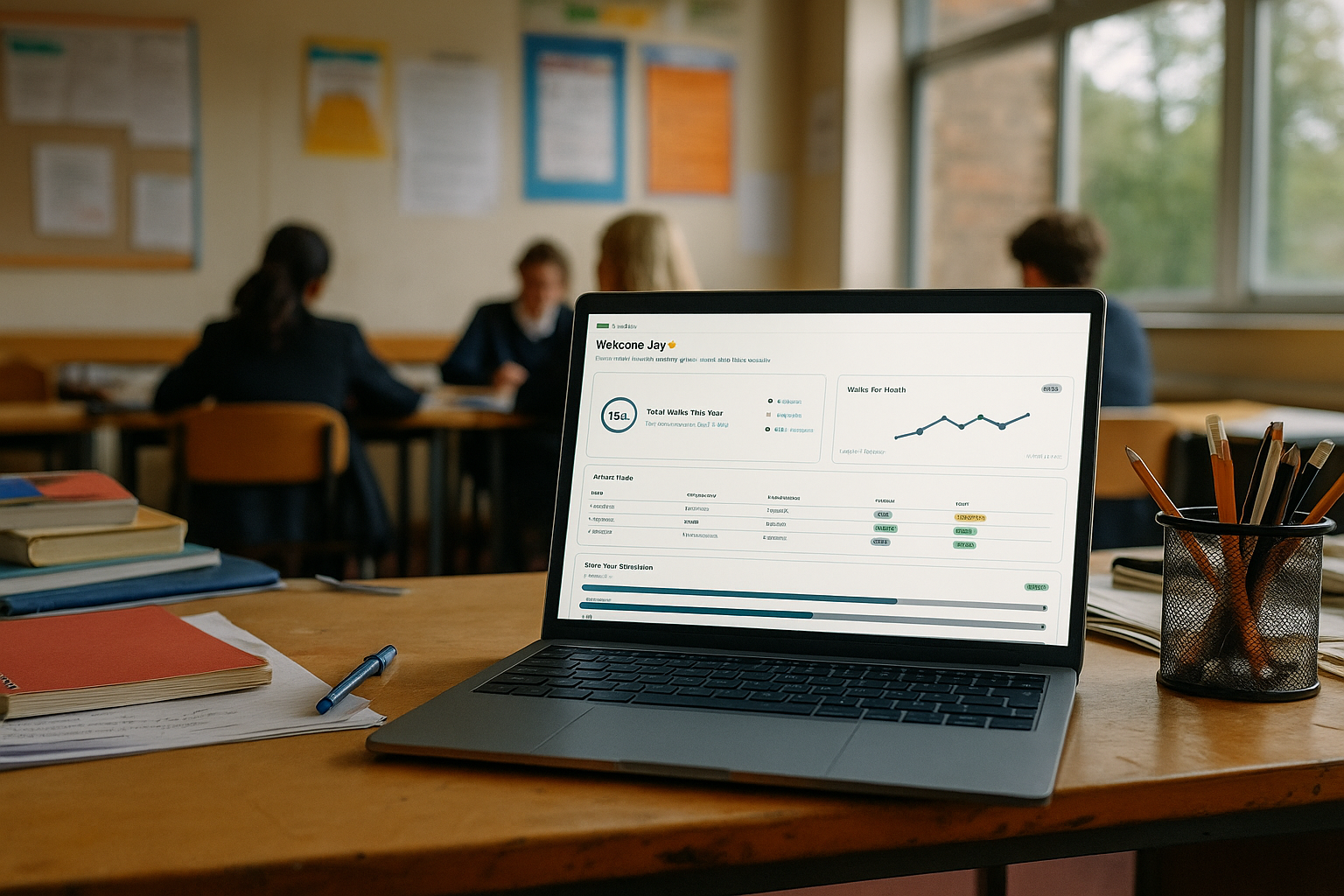Why Learning Walks Matter
(And why they're more than just a tick-box exercise)

(And why they're more than just a tick-box exercise)

Ask any experienced school leader: it’s easy to lose touch with the rhythm of daily classroom life. Schedules fill up, meetings pile on, and suddenly you're leading learning without actually seeing it.
That’s where learning walks come in.
A learning walk is your window into the real learning experience — not the polished version, but the day-to-day truth.
And that truth is gold dust.
In multi-academy trusts, learning walks are an essential part of:
They help surface:
And they do all of this without relying solely on numbers or paperwork.
A good learning walk creates:
When staff know walks are about understanding — not judgment — they become partners in improvement, not subjects of scrutiny.
Learning walks matter because they bridge the gap between leadership and learning.
We're paying attention — because what happens in your classroom is the heart of our school.
Join our pilot program and discover how our platform can transform your approach to learning walks.
Take our interactive 10-question quiz to see how your understanding stacks up. Get instant feedback — and a celebration if you ace it!
Our platform helps you capture meaningful data, generate insights, and drive school improvement—without the administrative burden.
